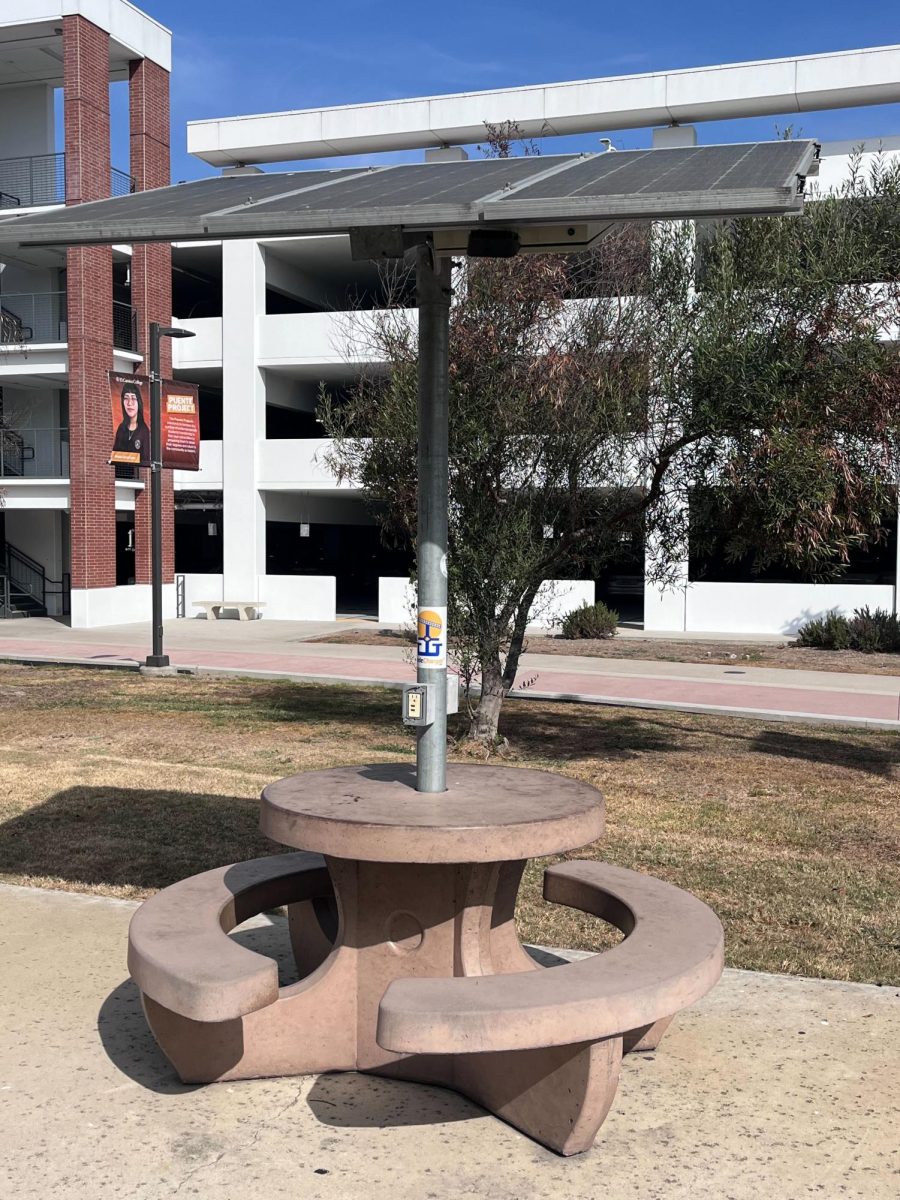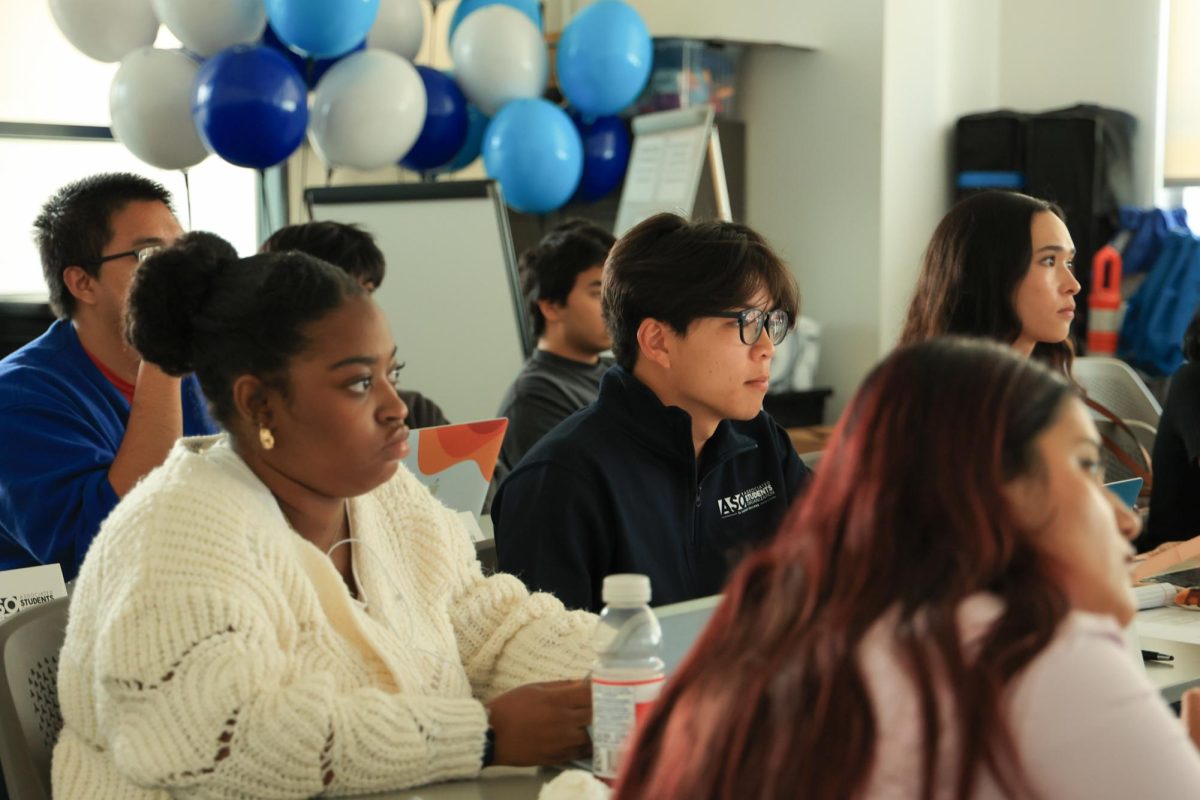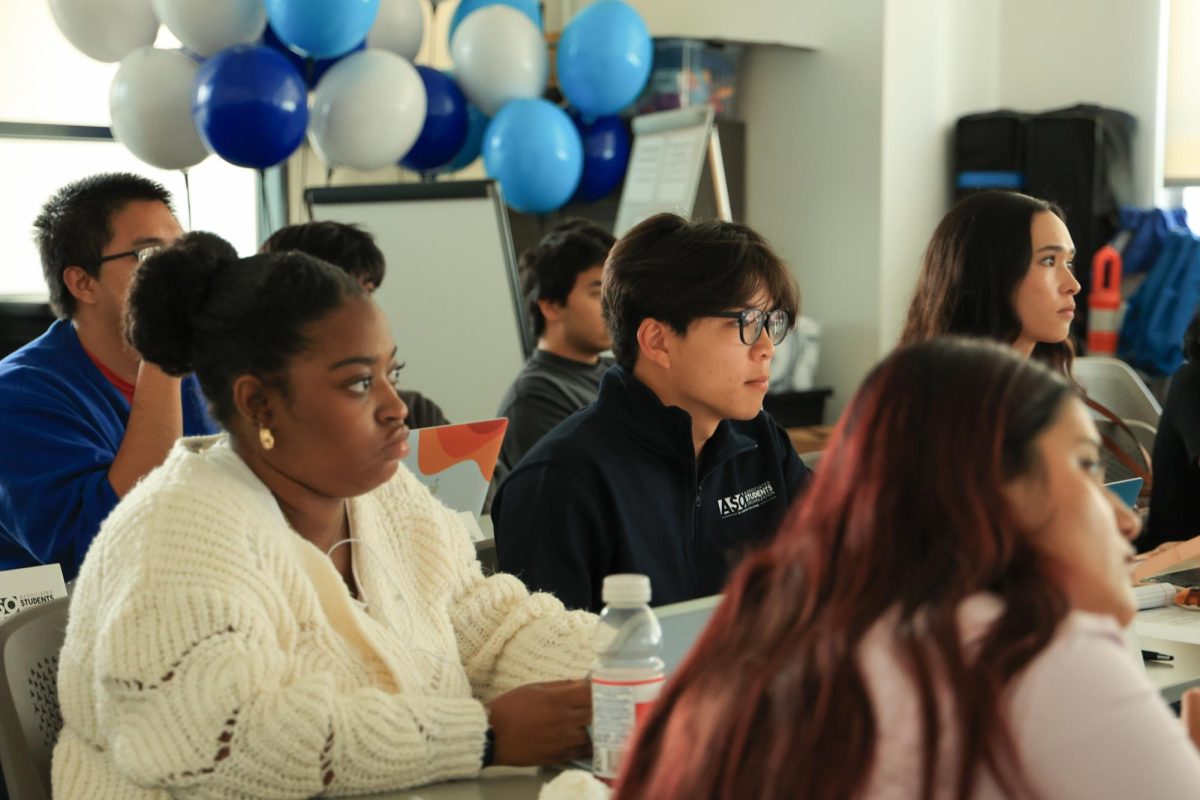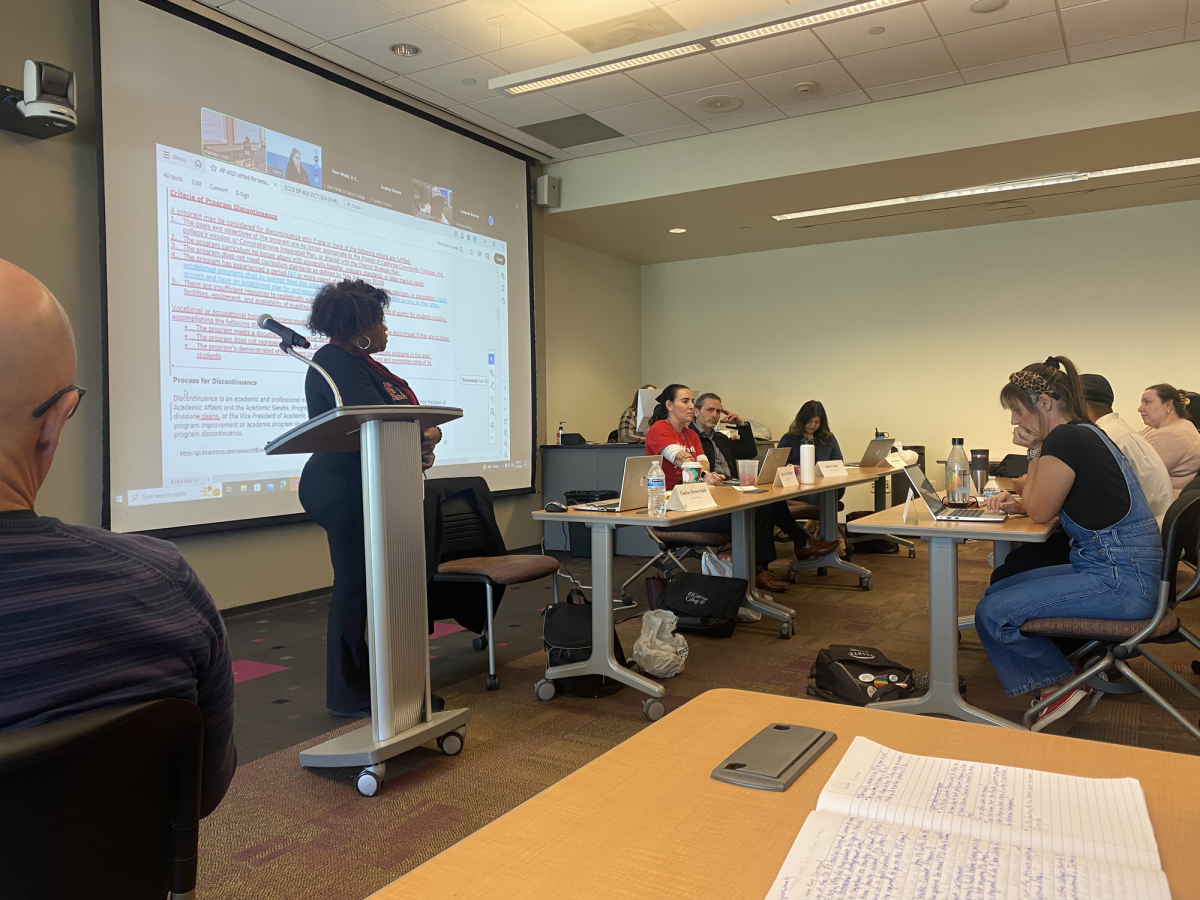This semester, the ASO has used the money received from the 50 cent registration fee to train members, to send them to Sacramento and to represent the students.
Expecting $20,000, the ASO received $13,000 from the fee to aid them in the pricey task of lobbying and advocacy.
“Lobbying is expensive,” Cameron Samimi, president of ASO said. “The amount received isn’t sufficient to what we are spending in representation fees. It costs a lot of money to fly students to Sacramento and to train them as well.”
This semester, ASO has used the money to send students to leadership conferences where they learn skills on lobbying and discuss ideas.
Part of the money has also been put toward California Students Association of Community Colleges (CalSACC) dues that help to represent ASO on a statewide level.
“We can only use the money received for certain things such as lobbying, advocacy and leadership conferences,” Samimi said.
In order to give the students a voice in Sacramento, ASO used part of the money to send three members to the inaugural celebration for Arnold Schwarzenegger.
“We wanted the governor to know that the students care,” Samimi said. “And considering that he’s the first governor to have been a community college student, we wanted to say congratulations and remember us”.
Even though projects have been accomplished this semester, ASO plans on accomplishing a lot more next semester.
“The majority comes in the spring semester,” Celina Luna, student trustee said. “That’s when the governor prints out his budget. Already we’re preparing for what issues need to be addressed.”
For example, next semester ASO plans to join 108 community colleges in March 2004 to take part in the Missing Student Project.
Each college will place two fiberglass statues, representing students lost due to budget cuts and fee increases, on the capitol lawn.
Candace Allen, public relations officer of ASO, said that each statue represents 500 students and will cost $433.
Allen said she hopes that the dramatic visual will influence future decisions about cutting the budgets of community colleges.
“People don’t grasp the number, but when they see all the statues out on the capitol lawn it will be easier to visualize,” Allen said. “We’re hoping that the governor will say, ‘Wow, this is incredible; they care and they went to all this effort to do this.”
Allen added that the idea was incredible and artistic, and is a great way to see 175,000 students represented.
“I won’t be here next semester, but I’m coming back for this. It’s very touching,” Allen said.
For more information on the project, students may visit www.keepthedoorsopen.com.
Samimi and Luna both expressed the importance of funding the ASO in order to help out the school and the students.
“We’re the link,” Luna said. “We are what connects the students to the administration. A lot of programs that students are in are directly affected by government decisions.”
Samimi said that students should have the mindset of being involved with their government in order to make change possible.
“Gandhi once said that ‘we must become the change we want to see in the world’, Samimi said. “That is why I have joined student government, because I choose to become that change and represent the students.”
Luna said if she could change one thing about ASO it would be to “greatly increase” the number of students’ opinions gathered.
“There’s only so many students that we (ASO) can talk to on any given day and I’m not getting all sides of the story,” Luna said. “If we’re (ASO) lobbying for the students, I would want to talk to students.”








